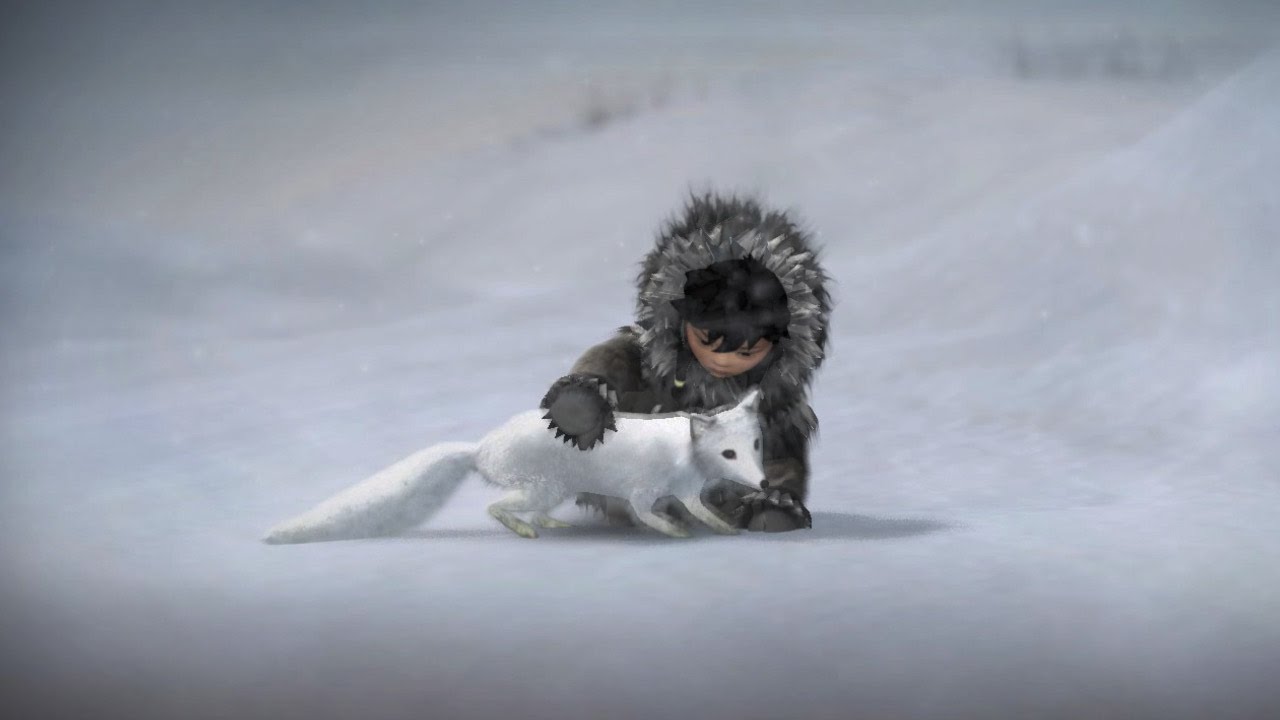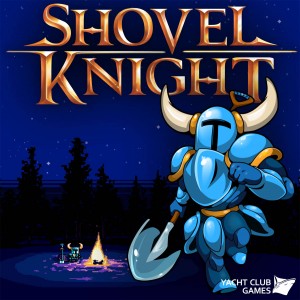Alaskan developer Upper One Games in conjunction with E-Line Media is planning the release of their game Never Alone. Players take the role of Nuna, a native Alaskan girl, as she journeys through the harsh Alaskan environment with her furry little companion Fox. The puzzle platformer follows Nuna while she learns some uniquely Alaskan life lessons.
Gloria O’Neil, President and CEO of Upper One Games, has also been serving as CEO of the Cook Inlet Tribal Council (CITC) for the last 16 years. According to their website, the CITC is a non-profit organization whose main function is to provide social services to native Alaskan people including: Education, employment, training, workforce development, family preservation, and addiction recovery programs.
According to the Upper One Games press kit available online, O’Neil helped found the company in 2012 as a way of acquiring additional funds for the social programs of the CITC. O’Neil and other members of leadership within the company researched several different types of businesses when considering the creation of their for-profit enterprise, but ultimately settled on a game studio because it provided the organization a way of making an income while also providing a creative tool to communicate the core values of the native Alaskan people.
Eventually, O’Neil and the CITC connected with E-Line Media, a publisher of game-based learning products, to aid Upper One Games in their development ventures. The two organizations seemed to click well and began what O’Neil would call an, “Immersive development program.”
O’Neil, a native Alaskan herself, shared in our recent interview many of the details of the company’s mission to create fun and engaging experiences to a global audience while preserving and communicating the culture of native Alaskans, and the development of their first title, Never Alone.
Jesse Tannous: It seems very interesting that any company would choose a game studio as their for-profit venture especially when they don’t have personal experience in the industry, would you care to elaborate on how that decision was made?
Gloria O’Neil: How we got to where we are today, about seven or eight years ago the board said to me, we really need to think past the federal and state government. What can we do differently? How can we build a reliable stream of unrestricted revenue over a long period of time?
We started by looking at various businesses. We looked for things that could connect back to our mission. We said to ourselves that we are not a traditional for-profit corporation, our number one goal is to make money to support CITC’s mission, but we also wanted to make money in the spirit of making impacts in our mission as well. That’s when I said, let’s start looking at a video game.
JT: How did E-Line Media fit into that equation?
GN: We found that E-Line’s mission and ideals lined up correctly with the CITC’s. E-line was upfront about some of the mess of the video game industry, but that there are opportunities, it would be bold but risky.
We decided after that first initial meeting with E-Line to take our time, to be diligent, to get to know the industry, to get to know E-Line, and then we asked ourselves what do we as a people have to offer the world? And we really felt strongly that we could offer the world some of our stories that have been passed down for 10,000 years.
JT: Were native Alaskan people involved with the development of this game, and can you go into more detail about the immersive development process?
GN: We have elders, story tellers, students, cultural ambassadors, and native writers who have been a part of the project since the beginning. It was really important to us to utilize stories of the arctic northwest.
It was really important to the integrity and the development of the game and the authenticity of the game that the CITC and Upper One Games works hand in hand with E-Line. We wanted to ensure that our community was represented in that creative process. As we started the process one of the first major parts of that was to bring the game design team to Alaska and just immerse them in our culture, talk to elders, visit the museums, and learn as much as they can.
That was so important to set the foundation to do this project right. And I’ll tell you it’s not easy really trying to balance bringing in the community and making sure we are doing it in such a way that reflects our values and balancing that with developing a product that will sell to a global audience and at the same time be fun and engaging.
What I’m impressed with is we’ve been able to work through the process and have several different people both from the game design side and community side come together and come up with this amazing and beautiful project.
JT: I believe most people can relate to a coming of age story, but what will Nuna encounter that will feel uniquely Alaskan?
GN: It’s based on our core values as native people. When I think about the challenges that Nuna will face and what she will learn throughout her journey it is the value of interdependence, the sense that we really need one another to overcome challenges in our life. That it’s not the spirit of independence that gets to where we are in our success, it’s really the spirit of interdependence.
It’s how our community has survived for 10,000 years in some of the harshest climates in the world. I think that’s what people will find in the gameplay itself, that value of interdependence, and how Nuna is helped will be a bit surprising. To also know that in life that sometimes our support and help come from places we can’t even imagine.
JT: What is your personal connection to video games?
GN: I’m laughing right now because I’m of the generation of Donkey Kong and Pacman. My dad is from rural Alaska, he was born in a small village, and he was a commercial fisherman most of his life. For some of our down hours we would sit and play Pacman for hours at a time. It has actually been fascinating for me to get to understand the world of gaming and the power of games.
JT: How so?
GN: You can take chances in games, you can be bold in games, you can actually make mistakes in games and it is ok. We felt there was so much power in the engagement of games that it was an amazing tool to use.
I remember after eating dinner with some friends the children put a game on to which the parents quickly joined them and began playing together. You had this real exchange, you had the generations represented. You had people engaged and you really had people having a good time. It created a conversation. I think that is another way we can use games in our community is to create these conversations and to learn from them.
JT: How do you think this game will help reach your own people while also touching a global audience?
GN: We ask ourselves the question all the time of how we retain who we are as Alaskan Native people and yet live in this modern world and look forward and use technology. I believe there is a balance in all of it. I do believe this is another avenue in which we can be proud and at the same time use this tool to create conversations within our own community, but preserve our culture within our stories and share them with the world.
O’Neil of Upper One Games appears to see game creation and development as a useful tool and one that has the potential of providing a global language, much like music, and with careful design perhaps gaming can convey important historical and cultural messages to people everywhere.
Jesse has been writing video game related articles and interviewing industry professionals for almost 3 years and strives to become a professional nerd.




